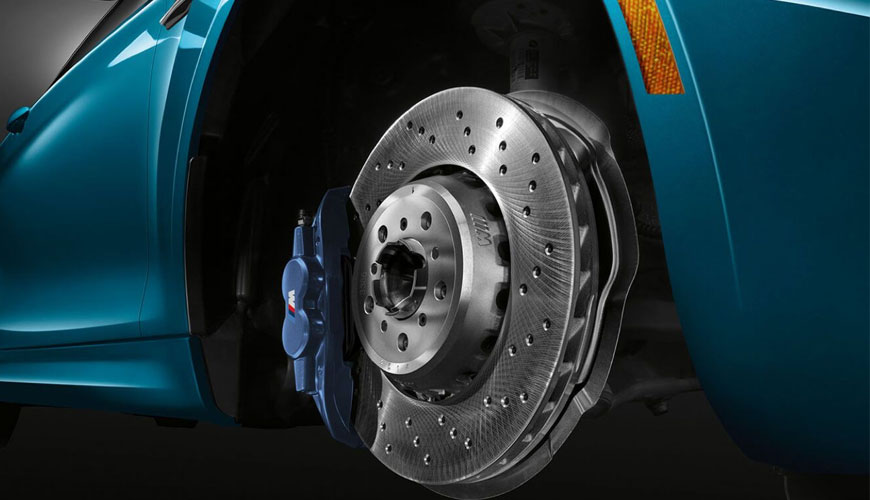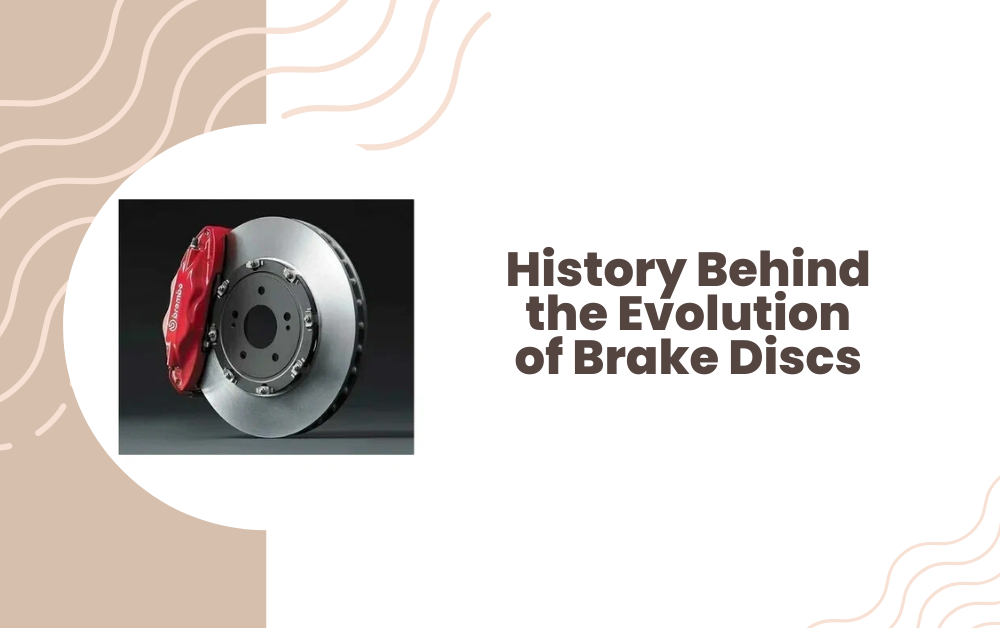Introduction to Brake Discs
Brake discs, also known as disc brakes, are a fundamental component in modern automotive braking systems. They play a crucial role in ensuring the safety and performance of vehicles. The journey of brake discs from their inception to the advanced technology we have today is a story of innovation and engineering excellence. Understanding the history behind the evolution of brake discs provides insights into how automotive safety has improved over the years.
Early Braking Systems
Drum Brakes: The Predecessor
Before the invention of brake discs, vehicles primarily relied on drum brakes. Drum brakes consist of a hollow drum attached to the wheel, with brake shoes inside the drum that press outward to create friction and slow the vehicle. This design was adequate for early automobiles but had significant limitations. Drum brakes were prone to overheating, especially during prolonged use, which could lead to brake fade and reduced effectiveness. Additionally, drum brakes had issues with water and debris contamination, affecting their reliability.
The Need for Better Braking
As vehicles became faster and heavier, the limitations of drum brakes became more apparent. The automotive industry needed a more efficient and reliable braking system to ensure the safety of increasingly powerful vehicles. Engineers and inventors began exploring new designs that could provide better performance under demanding conditions. This quest for improved braking technology set the stage for the development of brake discs.
The Invention of Brake Discs
Early Concepts and Prototypes
The concept of brake discs dates back to the early 20th century. One of the earliest known patents for a disc brake system was filed by Frederick W. Lanchester in 1902. Lanchester’s design featured a copper disc and a caliper that pressed against the disc to create friction. However, this early prototype faced challenges in terms of material durability and heat dissipation. Despite its shortcomings, Lanchester’s design laid the groundwork for future innovations in disc brake technology.
Development During World War II
Significant advancements in brake disc technology occurred during World War II. The need for reliable braking systems in military aircraft prompted engineers to refine disc brake designs. Aircraft required efficient brakes that could withstand high speeds and heavy loads. The developments made for aviation were later adapted for automotive use, as engineers recognized the potential benefits of disc brakes for cars and trucks.

Adoption in Automotive Industry
Post-War Innovations
After World War II, the automotive industry began to adopt disc brakes more widely. In the 1950s, several car manufacturers started experimenting with disc brakes on high-performance and luxury vehicles. One of the earliest mass-produced cars to feature disc brakes was the 1955 Citroën DS. The DS used front disc brakes, which provided superior stopping power and heat dissipation compared to drum brakes. This innovation marked a significant milestone in the evolution of automotive braking systems.
Popularization in the 1960s and 1970s
The 1960s and 1970s saw a rapid increase in the adoption of disc brakes across various types of vehicles. Automakers recognized the advantages of disc brakes in terms of performance, safety, and reliability. Front disc brakes became standard on many passenger cars, while some high-performance models also featured rear disc brakes. The superior braking performance of disc brakes, especially in wet conditions, made them an attractive option for both manufacturers and consumers.
Technological Advancements
Vented and Slotted Discs
As the automotive industry continued to evolve, so did brake disc technology. Vented and slotted discs were introduced to improve heat dissipation and performance. Vented discs have internal channels that allow air to flow through, cooling the disc more effectively. Slotted discs feature grooves on the surface that help remove water, dust, and gases, maintaining optimal contact between the brake pad and the disc. These advancements enhanced the efficiency and reliability of disc brakes, especially in high-performance applications.
Materials and Manufacturing
The materials used in brake discs have also evolved significantly. Early brake discs were made from cast iron, which provided good performance but was heavy. Modern brake discs use advanced materials such as carbon-ceramic composites, which offer superior heat resistance, reduced weight, and longer lifespan. Manufacturing techniques have also improved, allowing for more precise and consistent production of brake discs. These advancements have contributed to the overall performance and durability of braking systems.
Modern Brake Disc Technology
Anti-Lock Braking System (ABS)
The integration of electronic systems with brake discs has further enhanced their performance and safety. The Anti-Lock Braking System (ABS) is a prime example of this integration. ABS prevents the wheels from locking up during hard braking, allowing the driver to maintain control of the vehicle. This technology uses sensors to monitor wheel speed and modulates brake pressure to prevent skidding. ABS has become a standard feature in modern vehicles, significantly improving safety on the road.
Electronic Stability Control (ESC)
Electronic Stability Control (ESC) is another technological advancement that works in conjunction with brake discs. ESC helps prevent loss of control by automatically applying brakes to individual wheels if it detects a loss of traction. This system enhances vehicle stability and reduces the risk of accidents, particularly in adverse driving conditions. The combination of ESC and advanced brake disc technology provides drivers with greater confidence and control.
Regenerative Braking Systems
In electric and hybrid vehicles, regenerative braking systems have become a critical component. Regenerative braking uses the electric motor to generate braking force, converting kinetic energy back into electrical energy stored in the vehicle’s battery. This system works alongside traditional brake discs, reducing wear on the discs and improving overall efficiency. Regenerative braking represents a significant step forward in the integration of braking technology with sustainable energy solutions.
The Future of Brake Discs
Advancements in Materials
The future of brake disc technology will likely see continued advancements in materials. Research is ongoing to develop new composites and alloys that can provide even better performance and durability. Lightweight materials that offer high strength and excellent heat dissipation will be a focus, aiming to improve fuel efficiency and reduce emissions in automotive applications.
Integration with Autonomous Vehicles
As autonomous vehicle technology progresses, brake discs will play a crucial role in ensuring the safety and reliability of self-driving cars. Advanced braking systems will need to integrate seamlessly with the vehicle’s sensors and control systems. This integration will ensure precise and reliable braking performance, essential for the safe operation of autonomous vehicles.
Smart Braking Systems
The development of smart braking systems is another exciting area of innovation. These systems will use real-time data and advanced algorithms to optimize braking performance. Smart brakes can adjust brake force distribution, predict potential hazards, and even communicate with other vehicles to enhance overall traffic safety. The integration of smart technology with brake discs will usher in a new era of automotive safety and efficiency.
Conclusion
The evolution of brake discs from early prototypes to advanced modern systems is a testament to the ingenuity and innovation in automotive engineering. From the initial concepts in the early 20th century to the sophisticated technology used today, brake discs have undergone significant advancements. These improvements have enhanced vehicle safety, performance, and reliability, making driving safer for everyone. As technology continues to evolve, brake discs will remain a critical component in the quest for better, more efficient, and safer vehicles. Understanding the history behind brake discs helps appreciate the remarkable journey of this essential automotive technology.
Note :- To Read More Articles Visit on- logicallyblogs

